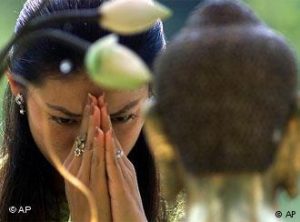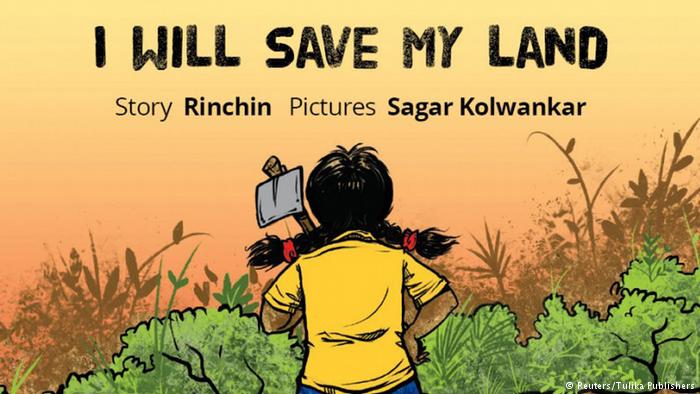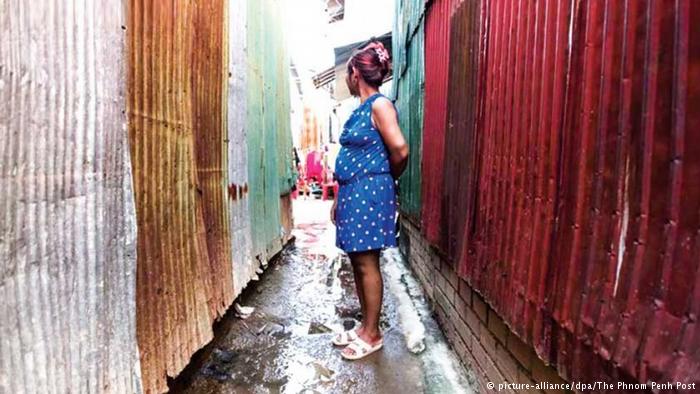The death of San Sreylai and the culture of victim-blaming in Cambodia

San Sreylai Screenshot Youtube- The Voice Cambodia
If any proof were needed of the dire state of gender equality in Cambodia and of violence against women, the death of San Sreylai is the perfect example. On October 15, 2017, as San was exiting a beauty clinic in Phnom Penh, her estranged husband shot her dead. He turned the gun on himself immediately after.
According to those who were close to the couple, the tension between the two had escalated soon after San entered the world-famous singing competition, The Voice, and ended up as a finalist. Her husband was known to possess a jealous and violent streak.
Shortly after the news of her murder broke, people on Facebook were quick to weigh in with their opinions and to point fingers. Many blamed San for her murder, stating that her husband was right to be jealous because she was dating another man. There was an outpour of sympathy towards her husband, while blame rained down on San. One Facebook user, claiming to have personally known the couple, posted a public post detailing the couple’s love life and the collapse of the relationship, blaming the husband’s financial decline on San and her excessive “cosmetic purchases”.
As if that wasn’t appalling enough, a few days after San was murdered, crime scene photos began to emerge of her surrounded by three men, with her sport bra pushed up, revealing her bare breasts and her gunshot wound. The photo was suspected to have been taken by an investigator at the scene.

Cambodian woman prays to a Buddhist statue at the start of traditional New Year celebrations at a pagoda in Phnom Penh
This entire case highlighted all the issues surrounding the culture of victim-blaming and violence against women that prevail in Cambodia. According to a 2013 UN report on violence against women in Southeast Asia, one in four Cambodian women reported at least one incidence of physical or sexual violence at the hands of their partner that year. When women experience violence, especially in an intimate relationship, they have very few choices as to where to seek refuge.
According to society’s code of conduct for women, a woman shouldn’t let “inner fire” spread to “outside fire” – what happens in a family behind closed door should remain there. Despite laws against domestic violence, when a woman reports an incidence of violence, the police often suggest that she contain the fire and not let it blow out of proportion.
Had the police been more attentive to domestic violence, San could have at least filed a restraining order against her husband. Instead, she had to resort to avoiding him and hope for the best. Restraining orders are such a strange concept in Cambodia that many people have barely even heard of it.
The events that unfolded right after her death matched the culture of victim-blaming in Cambodia. Even having been murdered, San was blamed, as if she asked to be shot. Women always seem to be on the receiving end of the blame, be it sexual assault or murder because to some, “boys will always be boys”. It’s “natural” for men to lust after women and to be possessive to the point of violence. Women, on the other hand, should be sensitive to men’s needs and emotions, and walk on eggshells to avoid triggering their “bad nature”.
The hype died down after a week or two. People lost interest in the case, quickly forgetting that the murder had brought to the surface many problems regarding gender equality in Cambodia. Business as usual!
Author: Catherine Harry
Editor: Anne Thomas
_____
WTO RECOMMENDS
Survivors of domestic violence are portrayed by a powerful collection
Chantal Barlow is the initiator of Unconventional Apology Project. It’s about the powerful women who speak out against domestic violence. Read our interview with Chantal and find out what moved her to set up her unusual project.
Married Indian Men Now Have The Official License To Rape Their Wives
One of the most frequently asked questions I deal with daily is, “Oh, you are from India? Tell me something – what is with all the rapes happening in your country?”
Almost every South African woman has a story of struggle
There are different shades of South African women. From caramel, to yellow bone, to peach and beige to brown to melanin envy dark and then 50 shades in between. All of these women are truly beautiful, with a sassy spirit that is required to overcome their back story of struggle and abomination.





